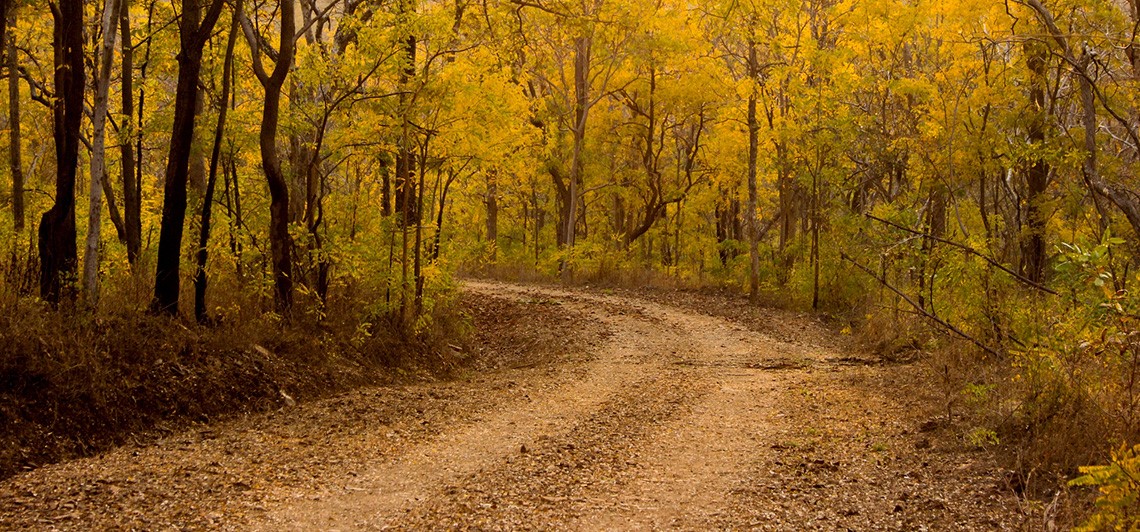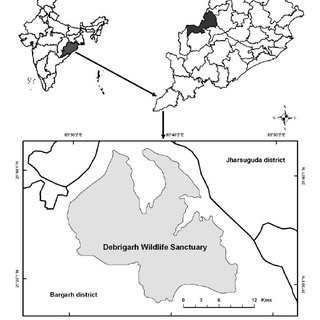Free Courses Sale ends Soon, Get It Now


Free Courses Sale ends Soon, Get It Now



Disclaimer: Copyright infringement not intended.
Context
Other Details
Current conservation measures -
Debrigarh Wildlife Sanctuary Odisha

Flora
Fauna
Must read Article:
https://www.iasgyan.in/daily-current-affairs/amchang-wildlife-sanctuary
https://www.iasgyan.in/daily-current-affairs/jaisamand-wildlife-sanctuary
https://www.iasgyan.in/blogs/glimpse-of-national-parks-wildlife-sanctuaries-in-assam
|
PRACTICE QUESTION Involving local communities along with the concentrated efforts of officials can led to an impressive in situ management of protected areas and can improve conservation status of wildlife. Discuss in context of Debrigarh Wildlife Sanctuary of Odisha. |
© 2024 iasgyan. All right reserved